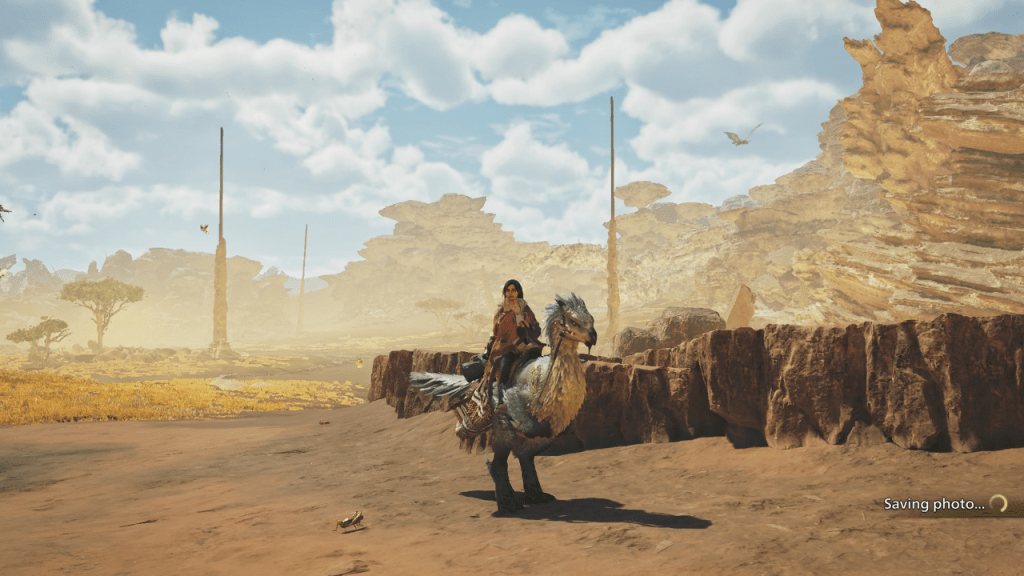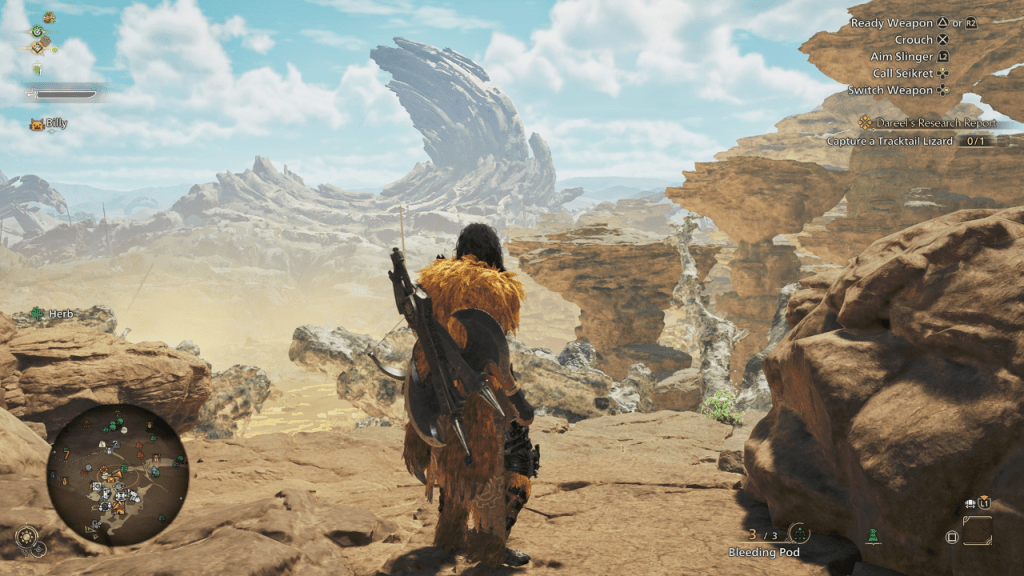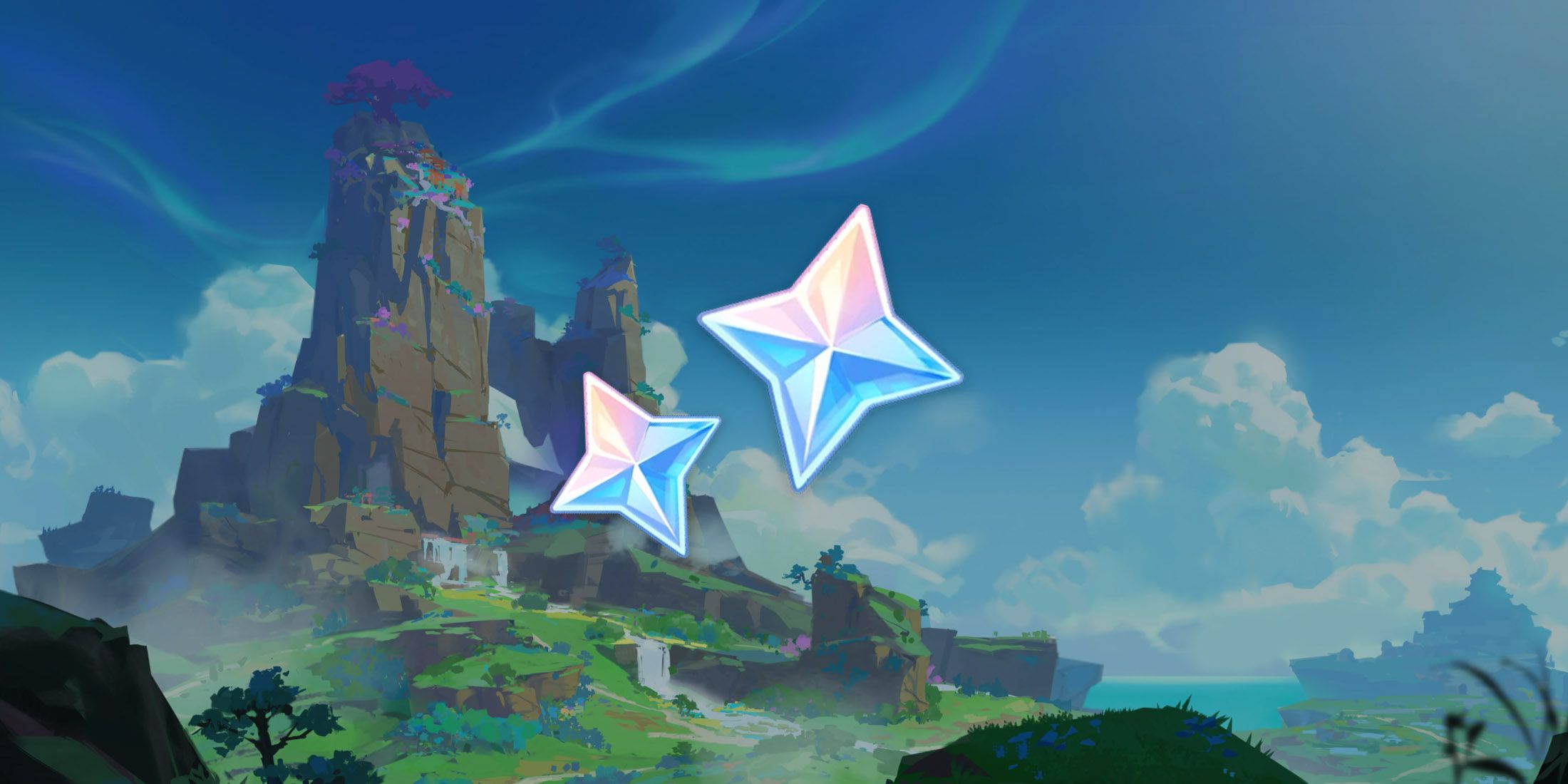Seasons and weather in *Monster Hunter Wilds* significantly influence the gameplay within the Forbidden Lands, beyond just altering the game's visuals. Here’s a comprehensive guide to understanding the impact of seasons and weather in *Monster Hunter Wilds*.
Monster Hunter Wilds Seasons, Explained

*Monster Hunter Wilds* features two distinct seasons that govern the weather patterns in the Forbidden Lands: Fallow and Plenty. The game begins in the Fallow season, characterized by a harsh environment with intense weather conditions and a scarcity of resources. During Fallow, the desperation for resources leads monsters to become more aggressive, often engaging in combat with each other more frequently than in Plenty.
On the other hand, the Season of Plenty brings a warmer, more vibrant atmosphere to the Forbidden Lands. With an abundance of flora and less hostile small monsters, this season is much more pleasant. The plentiful resources, including easier access to Endemic Life and various plants, make it a time of celebration for both the villagers and players. The environmental changes during Plenty not only enhance the game's aesthetics but also influence gameplay dynamics significantly.
Between these seasons, players experience brief but intense weather events known as Inclemency. These events heighten the weather's intensity, setting the stage for dramatic battles against Apex Predators. For instance, during the Pinnacle of the Pack Assignment, hunters face the Alpha Doshaguma amidst a Sandtide, a fierce lightning-filled sandstorm. Throughout *Monster Hunter Wilds*, Inclemency introduces unique weather conditions that add thrilling challenges to encounters with Apex Predators.
How To Check the Seasons and Weather in Monster Hunter Wilds

To keep track of the current season and weather, *Monster Hunter Wilds* provides useful indicators within the HUD and map. The HUD displays icons in the bottom left corner that indicate the time of day and the current season. For a more detailed overview, players can access the map and press the prompted button to view the Environment Overview, which offers comprehensive information on the prevailing weather and season.
Additionally, Optional Quests in *Monster Hunter Wilds* are set in specific times of day and seasons. When engaging in these quests, players are temporarily transported to the designated environment, regardless of the current season in the main game.
How To Change the Season and Weather in Monster Hunter Wilds
Given that the flora and fauna in *Monster Hunter Wilds* are heavily influenced by the seasons of the Forbidden Lands, players might find it advantageous to switch between Fallow and Plenty depending on their needs. Fortunately, the game allows you to change the seasons and weather.
To alter the season and weather, set up your tent and choose to rest. Navigate to the BBQ Menu, then select Rest, where you can adjust the Environment and Time settings for when your Hunter wakes up. However, this feature comes at a cost of 300 Guild Points and is only available to High Rank Hunters. Note that you cannot use the Rest feature during an active quest.
Understanding and utilizing the seasonal and weather dynamics in *Monster Hunter Wilds* can significantly enhance your gameplay experience, offering strategic advantages and enriching your adventures in the Forbidden Lands.
*Monster Hunter Wilds* is currently available on PlayStation, Xbox, and PC.



















